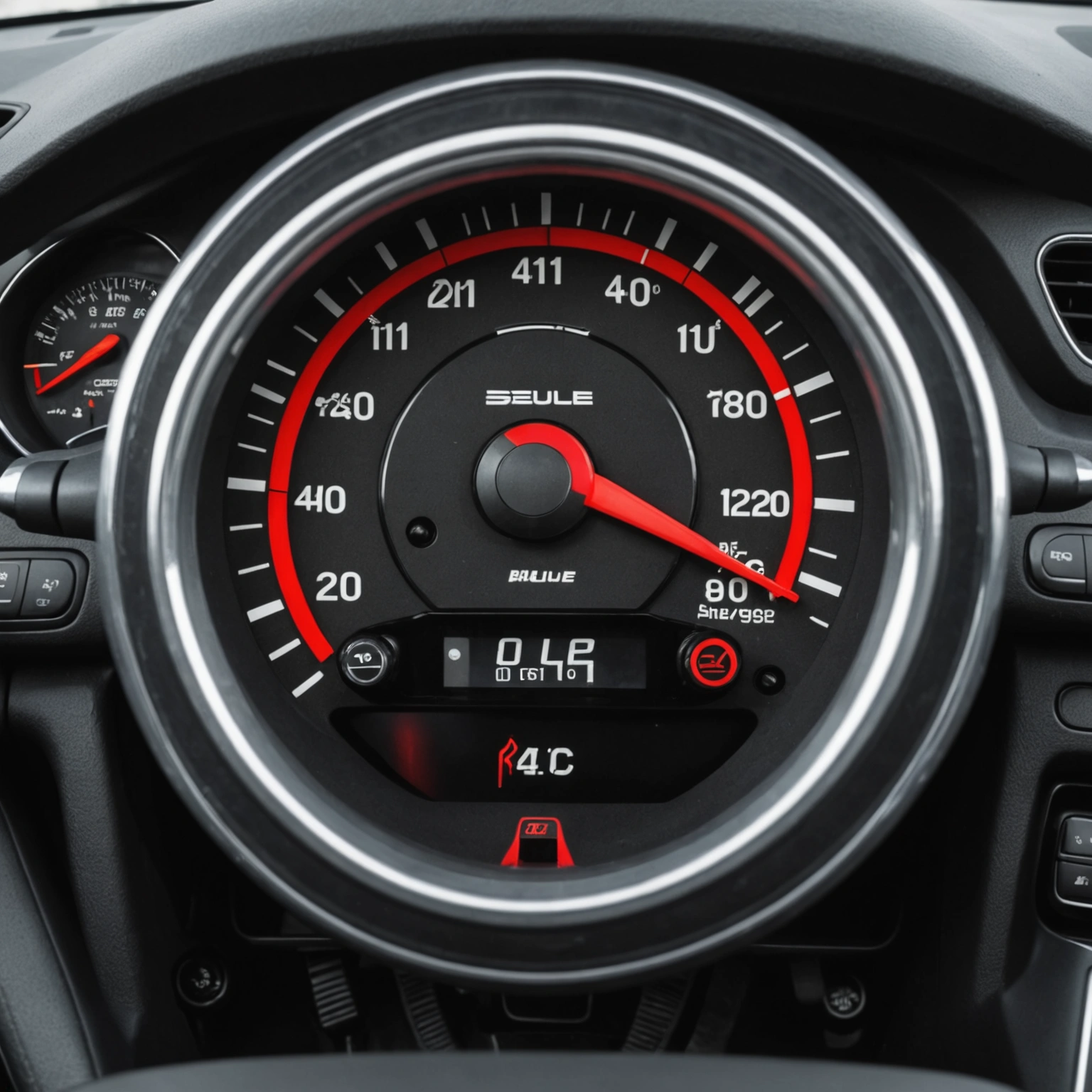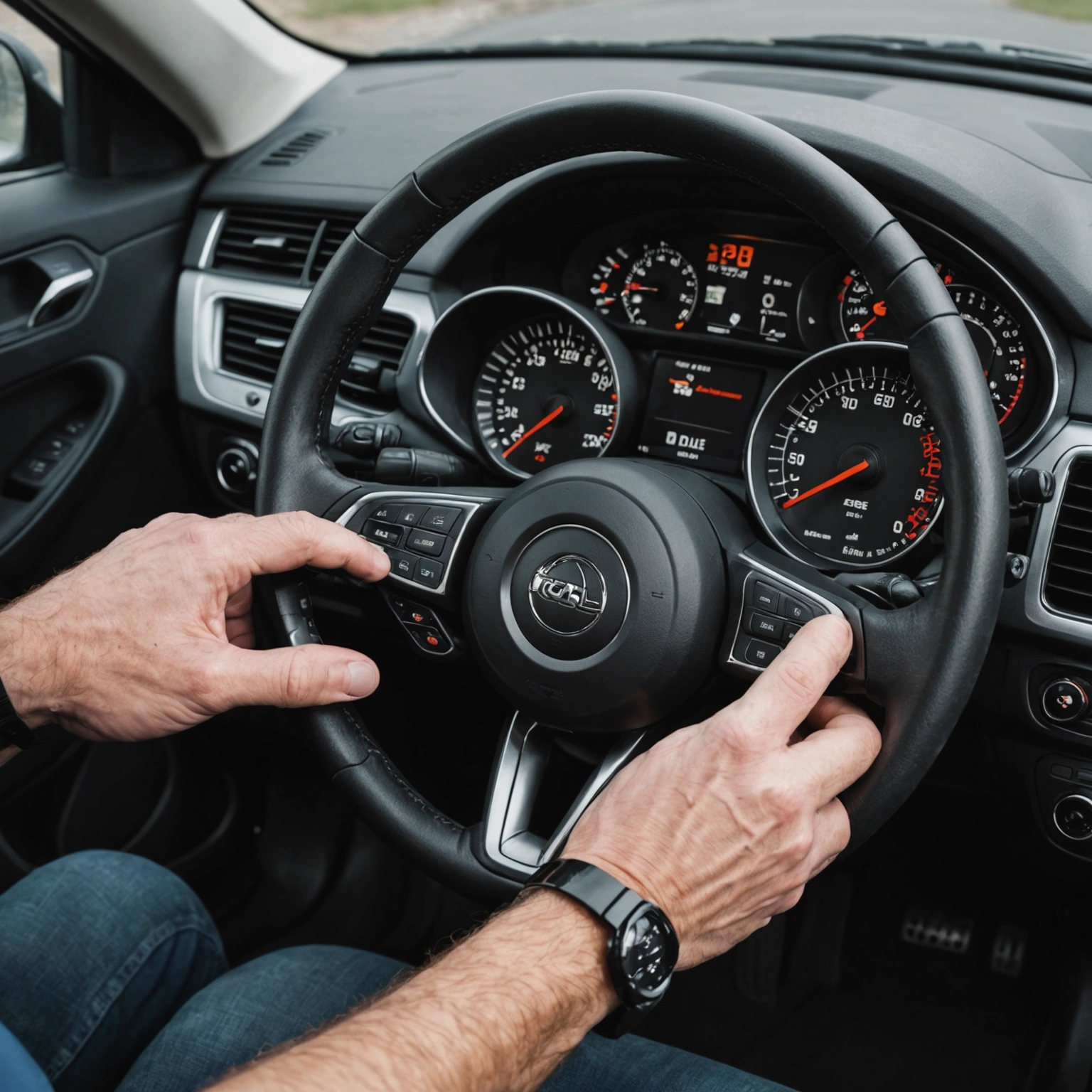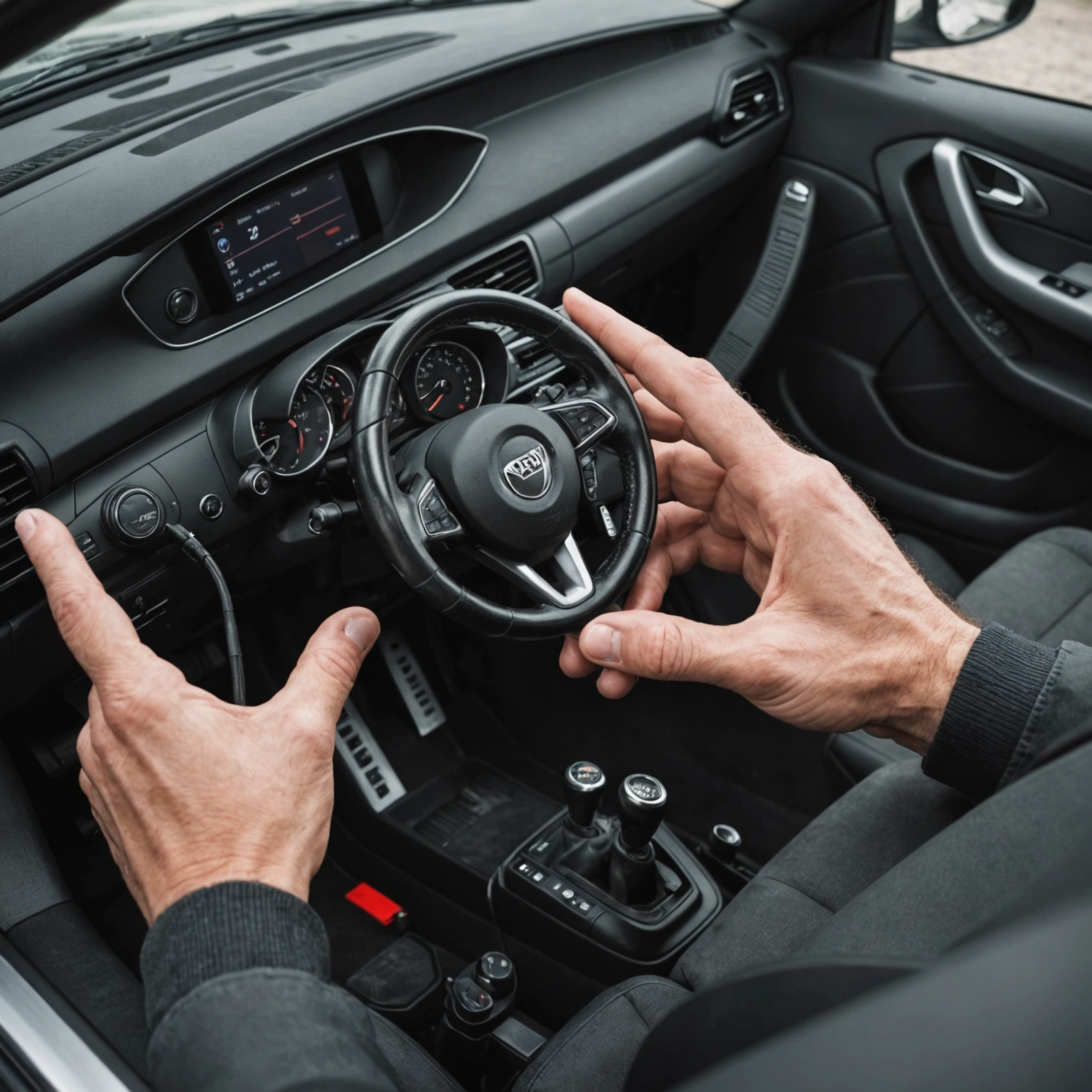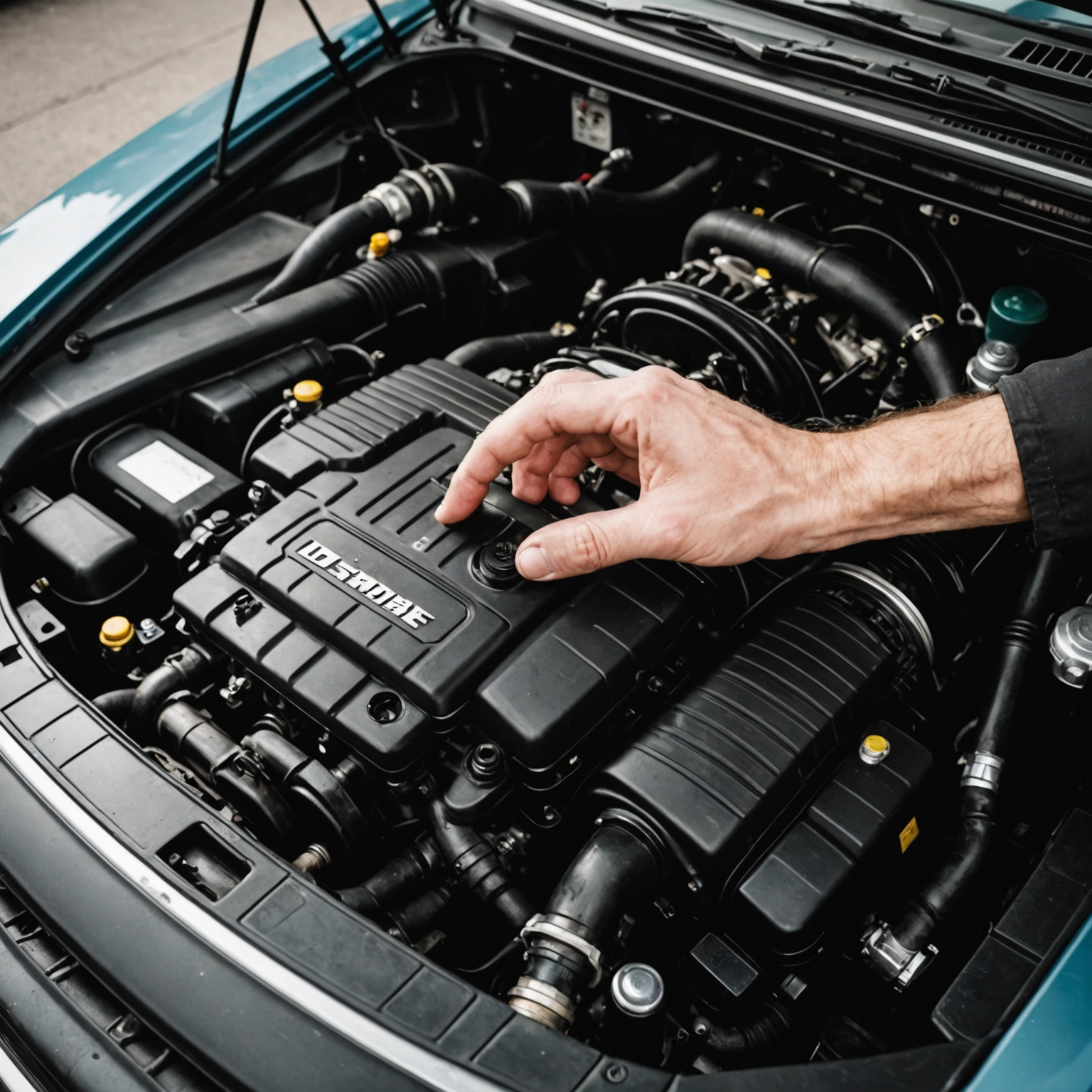**Why Does My Car Idle High? Understanding the Causes and Solutions**
If you’ve noticed your car’s engine idle is higher than usual, it can be both confusing and concerning. A high idle can lead to increased fuel consumption, engine wear, and may indicate underlying issues that need attention. Let’s explore the common reasons behind high idle speeds and what you can do about them.

### What Is Engine Idle?
Idle is the engine speed when your vehicle is running but not moving—typically measured in revolutions per minute (RPM). Most cars idle between 600 and 1000 RPM. When this number rises significantly above normal, it’s considered a high idle.

### Common Causes of High Idle
1. **Vacuum Leaks**

– *Description:* The engine relies on a precise air-fuel mixture. A vacuum leak allows extra air into the intake manifold, causing the engine to run lean (more air, less fuel). This can trigger the idle control system to compensate by increasing RPM.
– *Signs:* Hissing sounds, rough idle, or fluctuating RPM.

2. **Faulty Idle Air Control (IAC) Valve**
– *Description:* The IAC valve regulates engine idle speed by controlling airflow when the throttle is closed. If it malfunctions or gets dirty, it can cause high or irregular idle speeds.
– *Signs:* Sudden high idle, inconsistent RPM, or stalling.
3. **Dirty or Faulty Throttle Body**
– *Description:* Carbon buildup or dirt can prevent the throttle plate from closing properly, leading to increased airflow and higher idle speeds.
– *Signs:* Rough idle and poor acceleration.
4. **Malfunctioning Throttle Position Sensor (TPS)**
– *Description:* The TPS tells the engine control unit (ECU) the position of the throttle pedal. If it’s faulty, the ECU might misinterpret the throttle position, causing a high idle.
– *Signs:* Erratic RPM, hesitation, or surges.
5. **Issues with the EGR Valve**
– *Description:* The Exhaust Gas Recirculation (EGR) valve helps reduce emissions. If stuck open, it can cause the engine to idle high or rough.
– *Signs:* Overly high idle, rough running, or stalling.
6. **Problems with the PCV Valve**
– *Description:* The Positive Crankcase Ventilation (PCV) valve recirculates gases from the crankcase. A stuck or clogged PCV valve can cause irregular idle speeds.
– *Signs:* Oil leaks, high idle, or rough engine operation.
7. **Sensor or Electrical Issues**
– *Description:* Faulty sensors (like the mass airflow sensor) or wiring problems can send incorrect signals to the ECU, affecting idle speed.
– *Signs:* Check engine light, poor fuel economy.
### How to Fix a High Idle
– **Inspect for Vacuum Leaks:** Check hoses and intake manifold for cracks or disconnections.
– **Clean the Throttle Body and IAC Valve:** Remove and clean with appropriate cleaner to restore proper function.
– **Test and Replace Faulty Sensors:** Use diagnostic tools to identify malfunctioning sensors like the TPS or MAF sensor.
– **Check and Replace the EGR and PCV Valves:** Ensure they are functioning correctly and replace if necessary.
– **Reset the ECU:** Sometimes, a simple reset or re-learning process can stabilize idle speeds after repairs or cleaning.
### When to See a Mechanic
While some minor fixes like cleaning the throttle body or replacing a sensor can be DIY projects, persistent high idle issues often require professional diagnosis. If your car’s idle remains high despite basic troubleshooting, it’s best to consult a qualified mechanic to prevent further engine damage.
—
**In Summary**
A high idle can stem from various issues, including vacuum leaks, faulty sensors, or dirty components. Regular maintenance, such as cleaning the throttle body and replacing worn sensors, can help keep your engine running smoothly. If problems persist, professional diagnosis ensures accurate repairs, saving you time and money in the long run.
**Stay safe and keep your engine running efficiently!**

